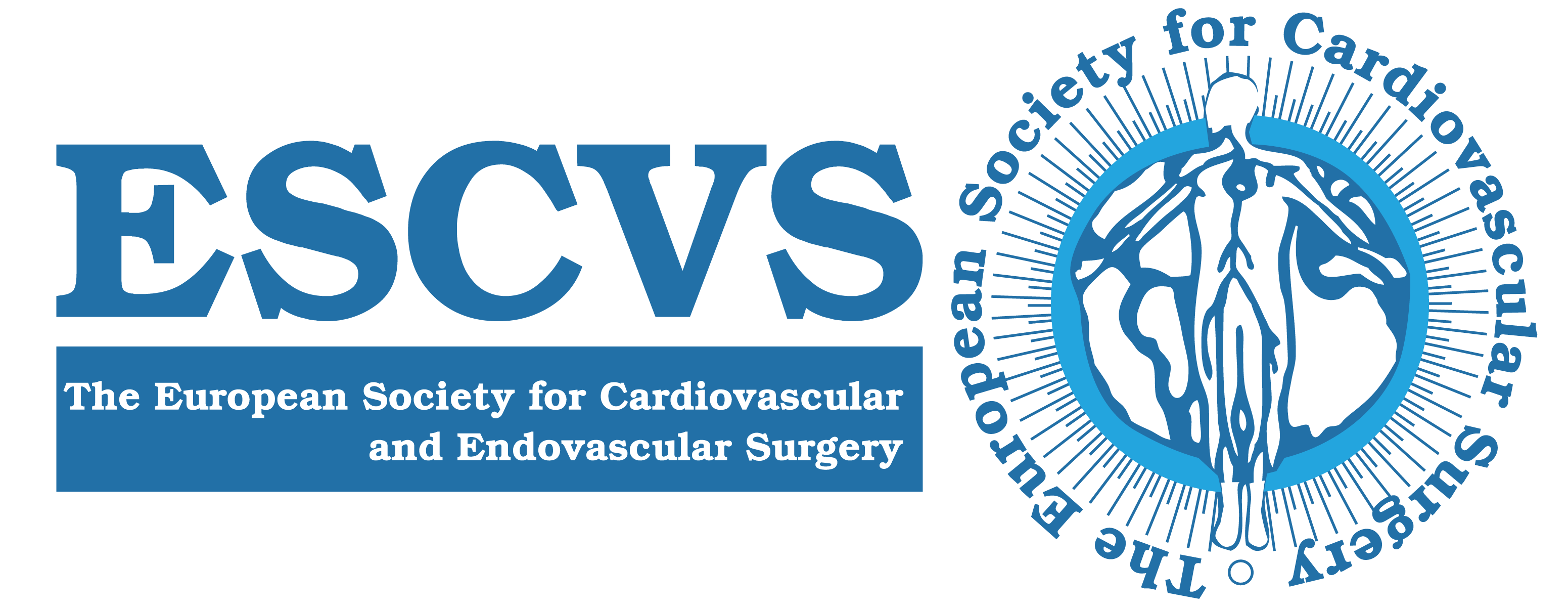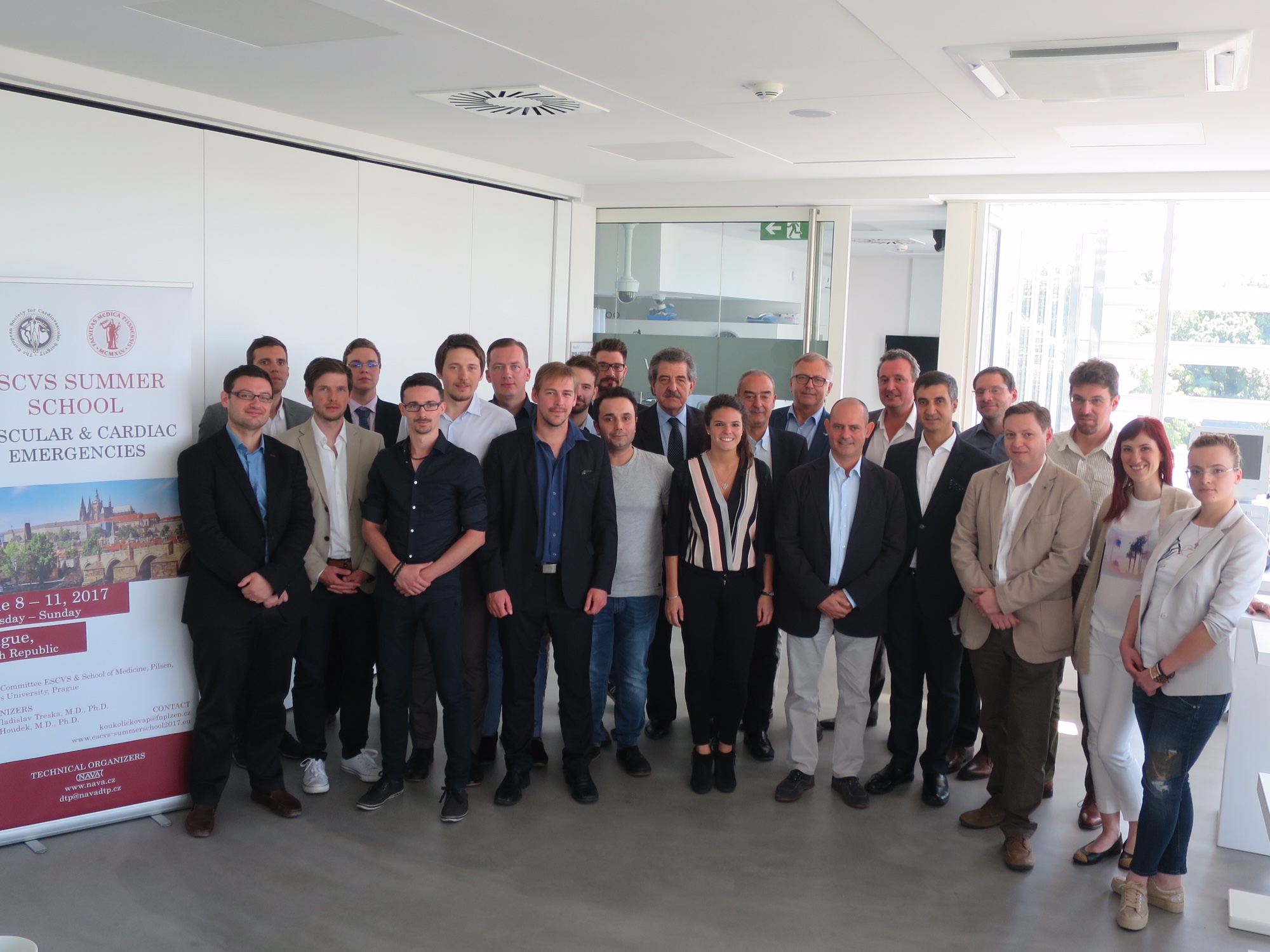Matthias Thielmann Vikram Sharma Nawwar Al-Attar Heerajnarain Bulluck Gianluigi Bisleri Jeroen JH Bunge Martin Czerny Péter Ferdinandy Ulrich H. Frey Gerd Heusch … Show more
European Heart Journal, Volume 38, Issue 31, 14 August 2017, Pages 2392–2411, https://doi.org/10.1093/eurheartj/ehx383
Published: 25 July 2017
Introduction
Coronary artery disease (CAD) is one of the leading causes of death and disability in Europe and worldwide. For patients with multi-vessel CAD, coronary artery bypass graft (CABG) surgery is a common approach for coronary revascularization, and is of proven symptomatic and prognostic benefit. Due to an aging population, higher prevalence of co-morbidities (such as diabetes mellitus, heart failure, hypertension, and renal failure), and a growing requirement for concomitant surgical procedures (such as valve and aortic surgery), higher risk patients are undergoing surgery.1–3 This has resulted in an increased risk of peri-operative myocardial injury (PMI)4 and Type 5 myocardial infarction (MI), both of which are associated with worsened clinical outcomes following CABG surgery. The aetiology and determinants of PMI and Type 5 MI are multi-factorial (see Tables 1 and 2 for summary). Although diagnostic criteria have been proposed for Type 5 MI (based on an elevation in cardiac biomarkers in the 48-h post-operative period and electrocardiogram/angiography/imaging evidence of MI5,13), there is currently no clear definition for prognostically significant PMI, in terms of the level of post-operative cardiac biomarker elevation, which is associated with worsened clinical outcomes following CABG surgery.

